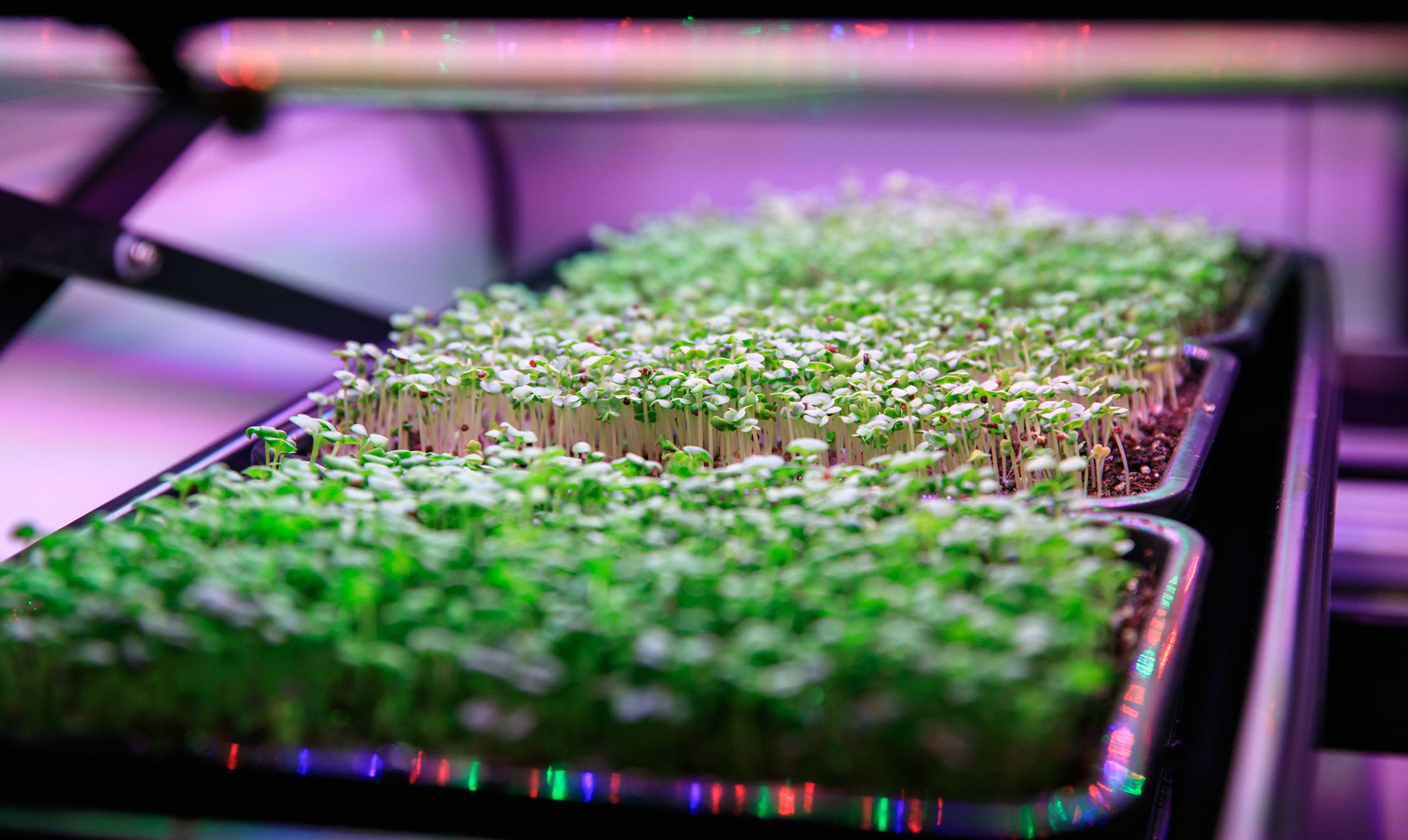First Person: Saving the Earth from space
Ahead of International Mother Earth Day, observed on 22 April, NASA’s Chief Scientist, Dr. Katherine Calvin, shared her terrestrial and intergalactic experiences with UN News and how viewing the Earth from outer space has driven generations to advance climate action.
Dr. Calvin advises NASA leadership on its science programmes and related strategic planning and investments. Also serving as its senior climate advisor, she provides insights and recommendations for related science, technology, and infrastructure projects for climate action, from developing a new instrument to track pollution hourly to launching a water-tracking satellite.

“Space exploration is inspiring the next generation of scientists and engineers that can help tackle challenges on Earth or in space.
With respect to climate, we’ve learned a lot about what happens on Earth by studying what happens on other planets. We learn about the ozone effect and greenhouse gas effect by studying Venus, and we can apply that to our understanding here on Earth.
Galactic science for use on Earth
There’s a ton we can learn both about other planetary bodies which can treach us a lot about what is going on here on Earth.
Space also provides the opportunity for technology and innovation. As we are living and working in space, we develop technologies that can help us here on Earth with sustainability issues.
Cosmic crops
There’s a lot of research on the International Space Station (ISS) that has applications here on Earth. There’s water processing – we reprocess the water we use on the ISS – and that technology has been used on Earth in places where we don’t have access to clean water.
We grow crops on the ISS, and the research we’ve done into LED lighting and fertilizer also has applications on Earth. We’ve worked on a fertilizer that directs nutrients at plant roots at the rate that they need it, which in space means less input; on Earth, less runoff into rivers and lakes.

Unique celestial perspective
There are so many great examples of how space has been important or could be in the future. Space offers us the opportunity to see the entire Earth, and so we can provide information that helps people understand how the climate is changing and [generate] ideas and inclusion and diversity of ideas to approach the different aspects of challenges.
We can observe trees, people, and land cover from space. People have used that information to understand how much carbon there is and where carbon is stored on land and how that changes over time.
I try to relate to what is going on where people are and talk about what science we know and what is on the horizon to help those decisions; like how the Earth is changing, how climate is changing, and this helps people adapt to changes where they live.
Space-based capabilities
We have space-based capabilities that can track wildfires as well as measure rising sea levels. Where fires are burning, we can look at emissions associated with fire, and that’s really important to people who live in affected communities.
Also, we’ve combined models, both produced by NASA and other organizations, to think about how sea levels might rise in the future.
The NASA SERVIR initiative works with local organizations on how they can use satellite information to face the challenges in their communities in Asia, Africa, and Latin America.

Interstellar inspiration
We also use space to inspire people. We have taken pictures of Earth from Apollo or from the recent Artemis mission, and you can see the little blue ball from far away.
On this Earth Day, let us cherish our planet and raise awareness about the role of space exploration and utilization in preserving its beauty.”
Learn more about the UN Office for Outer Space Affairs (UNOOSA) here.

